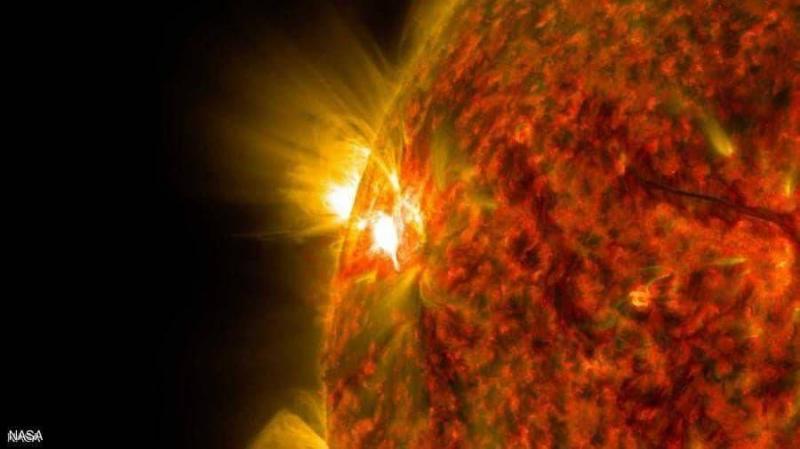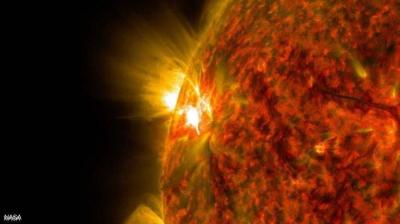The National Institute for Astronomical Research confirmed that Earth has been struck by a strong geomagnetic solar storm, the most intense since the beginning of the twenty-fifth solar activity cycle, which started at the end of 2019, reaching a peak intensity of "G3." Regarding the effects of such storms on Earth, Dr. Mohamed Gharib, a solar science professor at the National Institute for Astronomical and Geophysical Research, told Sky News Arabic that the danger of these storms lies in their potential to contain negative electrons; if these electrons hit a satellite or an aircraft, they could cause a loss of communication. He added, "In some cases, planes have crashed, and upon finding their black boxes, we do not find any cause for their crash. However, when we refer to solar meteorologists, we find an indication of a solar storm that caused the plane's downfall."
Concerning humanity's and modern science's capacity to protect Earth from the impacts of such storms, Gharib confirmed that "modern science is still unable to counter such storms, but its ability is limited to predicting them. This prediction can sometimes be completely accurate, up to 100%, or less accurate at other times."
Regarding Egypt's responsiveness to modern science related to studying the sun and its effects on Earth, he explained that "Egypt is trying to keep up with modern science in this field but is still lagging in solar research and monitoring solar storms, which require precise and advanced equipment that is currently unavailable in the country."
The solar science professor concluded by affirming that such storms "have limited effects on the average person and should not be feared."
Dr. Gad El-Qadi, the head of the National Institute for Astronomical and Geophysical Research in Egypt, stated in a statement that the solar storm hitting Earth started at a strength of (G1) and reached a peak strength of (G3), impacting the Earth's atmosphere and reaching its peak on Thursday afternoon local time in Egypt.
Egypt was situated outside the range of direct solar wind impact, with the most significant effects observed in North America, which was under the direct solar winds during local midday. Had it not been for the sunrise in Europe and America during the storm's peak, residents of Central Europe and America would have been able to witness the aurora borealis, which was filmed in Alberta, Canada.
It is noted that strong solar storms can cause disruptions to communication systems, satellites, spacecraft navigation systems, and electrical power transmission networks, as confirmed by the U.S. National Oceanic and Atmospheric Administration.




